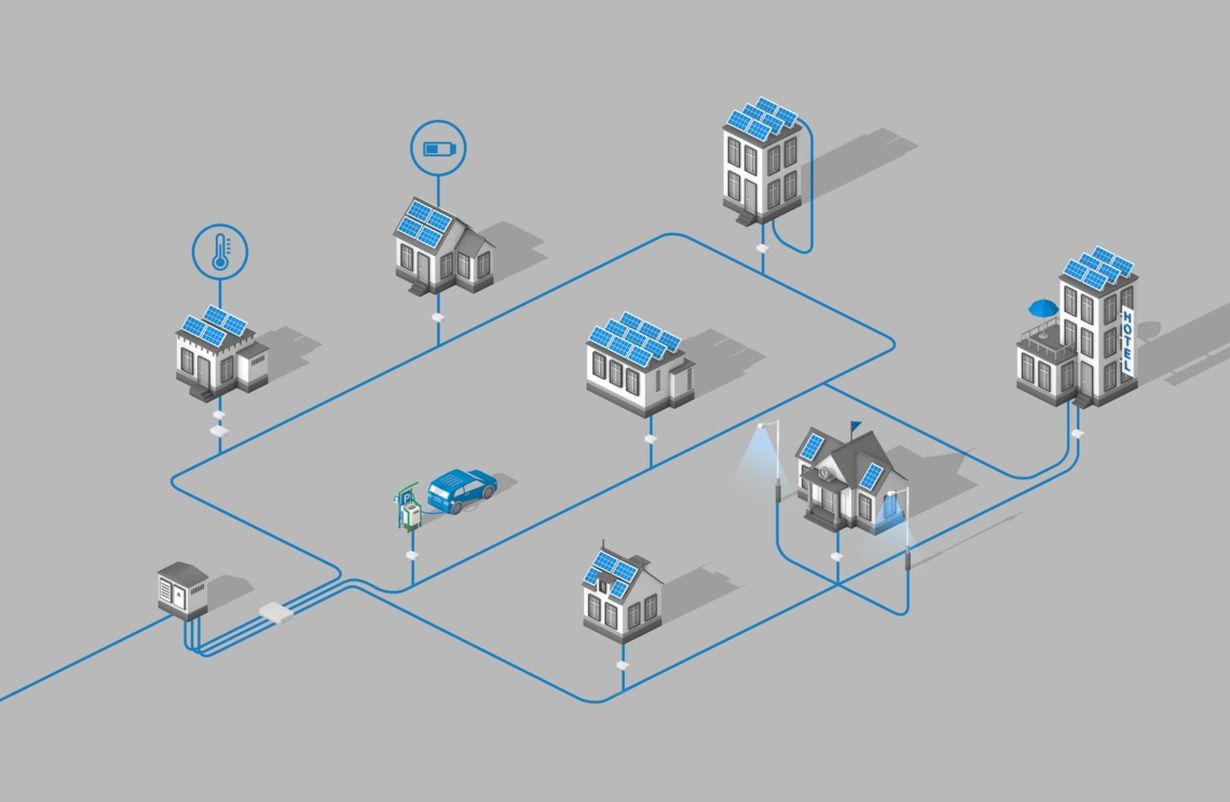Robustness of urban infrastructures in situations of crisis mainly depends on stable power supply. This is a particular challenge when planning future smart grids that have to cope with volatile conditions anyway. Smart grids are not only characterized by the interaction of many components, they are increasingly controlled automatically and, thus, even more vulnerable to cyber attacks or natural disasters. Researchers of Karlsruhe Institute of Technology (KIT) work on specifically and sustainably enhancing grid resilience.
“Increasing control of our power supply by information and communication technologies results in a larger vulnerability,” explains Sadeeb Simon Ottenburger, scientist of KIT’s Institute for Nuclear and Energy Technologies (IKET). Exchange of data via parallel information and communication systems is a requirement for decentralized, demand-based, and economically efficient power supply by future smart grids. By manipulating these data, hackers can change demand figures and other values today already and, thus, cause an alleged overload of the grid or switch off components that are supposed to feed in power. “In theory, everything can be hacked,” the expert says. An attack in Ukraine in December 2015 shows what this means. It caused a total blackout.
In view of potential cyber attacks, but also other situations of crisis, such as earthquakes or strong rainfall, Ottenburger works on a preventive strategy that already considers risks in the planning phase and is planned to be implemented in the energy management system. This strategy is supposed to work in real time and not only in case of a blackout, but also under conditions of power shortage, so-called brownouts. The work of the mathematician focuses on two levers. Firstly, the grid topology can be chosen such that degrees of freedom result. It is to be based on microgrids, i.e. many small islands that can supply power independently of each other. As a result, it is possible to distribute critical infrastructures to different microgrids. Such a subgrid, for instance, ensured power supply of a university hospital after the earthquake in Fukushima.
Other degrees of freedom result from the configuration of the power distribution components within a microgrid, i.e. of the producers, storage systems, and the information and communication systems. The topology of a smart grid based on microgrids and the configuration of these individual grids then are to be used as a variable in a simulation model. The model will be applied to simulate blackout scenarios for cities under changing framework conditions and taking into account the situation in other critical infrastructures. “We open up a new field of energy research at KIT and wish to enhance the resilience of urban spaces with our model,” Ottenburger says.
The simulation model will be developed in cooperation with the Center for Disaster Management and Risk Reduction Technology (CEDIM) on the basis of local data from Karlsruhe. At CEDIM, an interdisciplinary research institution of KIT, 16 institutes cooperate in the area of disaster management. They develop tools and technologies that help analyze, earlier identify, and better cope with natural and man-made hazards.
More information: www.cedim.kit.edu, www.iket.kit.edu
More about the KIT Energy Center: http://www.energie.kit.edu
Being “The University in the Helmholtz Association”, KIT creates and imparts knowledge for the society and the environment. It is the objective to make significant contributions to the global challenges in the fields of energy, mobility, and information. For this, about 10,000 employees cooperate in a broad range of disciplines in natural sciences, engineering sciences, economics, and the humanities and social sciences. KIT prepares its 22,800 students for responsible tasks in society, industry, and science by offering research-based study programs. Innovation efforts at KIT build a bridge between important scientific findings and their application for the benefit of society, economic prosperity, and the preservation of our natural basis of life. KIT is one of the German universities of excellence.

